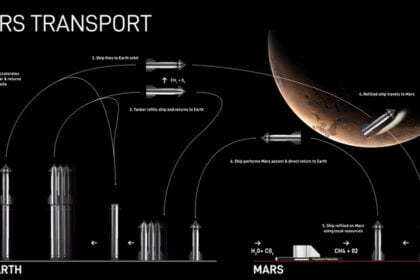How does the Eurozone differ from the European Union and Schengen Area?
Europe stands as a continent of diversity, both in culture and in its collaborative efforts towards economic and political integration. Three key terms that often arise in discussions about Europe’s unity are the Eurozone, the European Union (EU), and the Schengen Area. While interconnected and interdependent, these entities serve distinct purposes, contributing to the broader European landscape in unique ways.
European Union (EU)

The European Union is a political and economic union consisting of 27 European countries, which have joined together to establish common policies and objectives. Founded after World War II to foster economic cooperation and prevent future conflicts, the EU has expanded its scope beyond mere economic ties. Its aims encompass:
- Economic Integration: The EU fosters a single market with the free movement of goods, services, capital, and labor among member states.
- Political Cooperation: It operates as a forum for policy coordination and decision-making on various issues like trade, agriculture, environment, and more.
- Social and Humanitarian Goals: The EU champions human rights, environmental sustainability, and social justice through its policies and directives.
The EU countries are:
Austria, Belgium, Bulgaria, Croatia, Republic of Cyprus, Czech Republic, Denmark, Estonia, Finland, France, Germany, Greece, Hungary, Ireland, Italy, Latvia, Lithuania, Luxembourg, Malta, Netherlands, Poland, Portugal, Romania, Slovakia, Slovenia, Spain and Sweden.
Eurozone

The Eurozone refers specifically to the subset of EU member states (currently 20 out of 27) that have adopted the euro as their official currency. The creation of the Eurozone aimed to foster greater economic integration among participating countries. Key characteristics of the Eurozone include:
- Monetary Union: The Eurozone countries share a common currency, the euro, which is managed by the European Central Bank (ECB). This fosters smoother trade, financial stability, and ease of travel within the zone.
- Fiscal Policy Coordination: Member states in the Eurozone are expected to adhere to certain fiscal rules and guidelines to maintain economic stability and avoid excessive debts.
The 20 eurozone members are:
Austria, Belgium, Croatia, Cyprus, Estonia, Finland, France, Germany, Greece, Ireland, Italy, Latvia, Lithuania, Luxembourg, Malta, the Netherlands, Portugal, Slovakia, Slovenia, and Spain.
Among the non-EU member states, Andorra, Monaco, San Marino, and Vatican City have formal agreements with the EU to use the euro as their official currency and to issue their own coins. In addition, Kosovo and Montenegro have adopted the euro unilaterally, relying on euros already in circulation rather than minting their own currencies. However, these six countries have no representation in any eurozone institution.
Schengen Area

The Schengen Area comprises 27 European countries, 23 of which are EU members, that have abolished passport and other types of border control at their mutual borders. This allows for the free and unrestricted movement of people within the area. Key features of the Schengen Area include:
- Open Borders: Citizens and legal residents within the Schengen Area can travel freely without encountering border checks, making travel within this zone more convenient.
- Visa Policies: The Schengen Area has a unified visa policy, allowing travelers to visit multiple countries within the zone with a single visa.
What countries are Schengen states?
Austria, Belgium, Croatia, Czech Republic, Denmark, Estonia, Finland, France, Germany,
Greece, Hungary, Iceland, Italy, Latvia, Liechtenstein, Lithuania, Luxembourg, Malta, Netherlands, Norway, Poland, Portugal, Slovakia, Slovenia, Spain, Sweden and Switzerland have all acceded to the Schengen Agreement and are thus Schengen states.
Key Differences and Overlaps
While interconnected, these entities serve different purposes. Not all EU countries are part of the Eurozone or the Schengen Area, and vice versa. For instance:
- Overlap: Some countries, like Germany and France, are part of all three entities—EU, Eurozone, and Schengen Area.
- Distinct Membership: Countries like Poland are part of the EU but not the Eurozone, while countries like Norway and Switzerland are part of the Schengen area but not the EU.
Conclusion
The Eurozone, European Union, and Schengen Area each play pivotal roles in fostering economic integration, political cooperation, and facilitating free movement within Europe. While their functions may intersect, understanding their distinct purposes is crucial in comprehending the multifaceted nature of Europe’s collaborative initiatives. These entities stand as testaments to the shared aspirations of European nations toward unity, peace, and prosperity.




